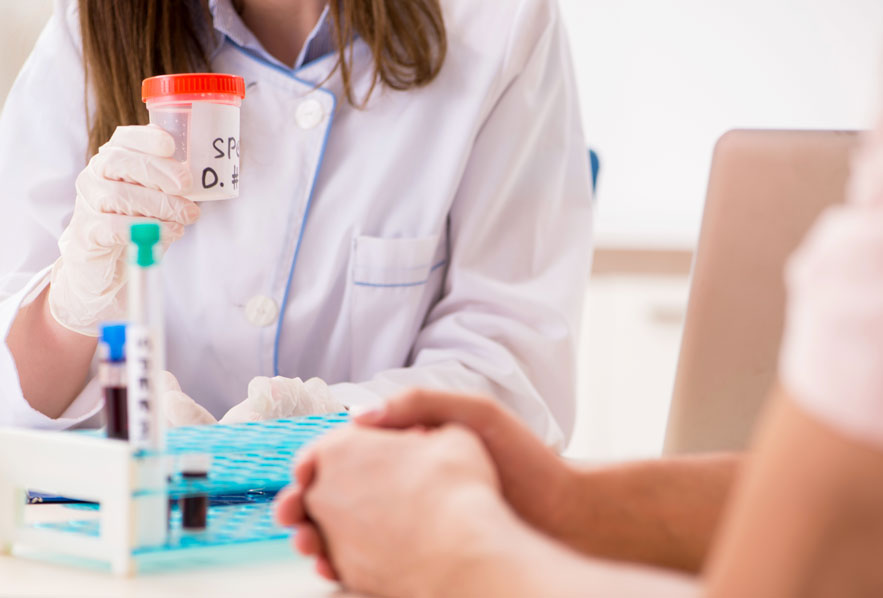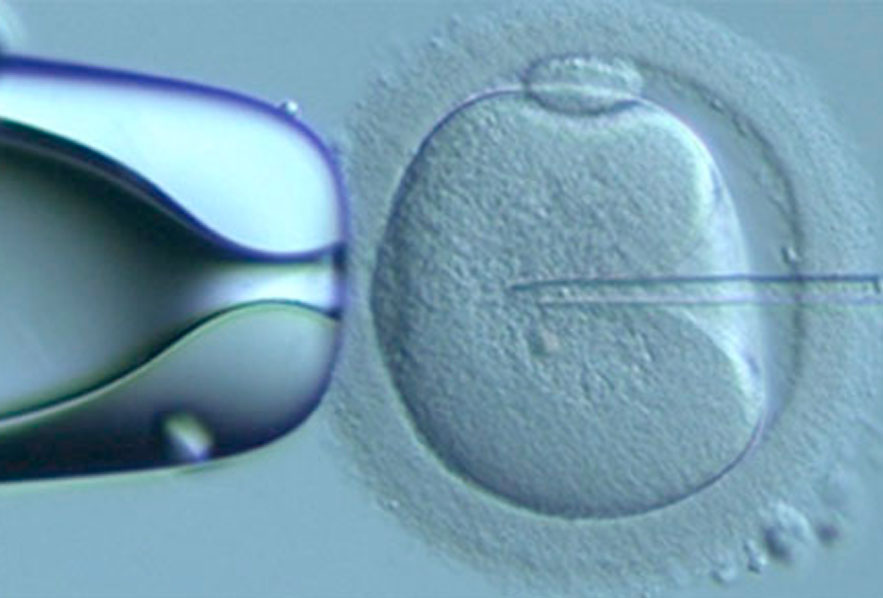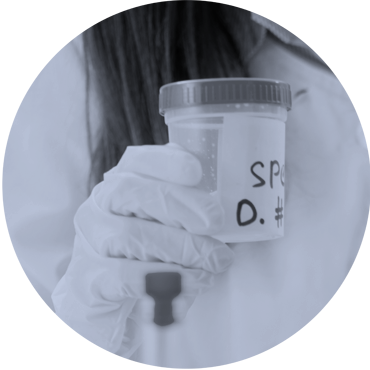
What is a semen analysis? (sperm count testing)?
The best single test for male fertility is an analysis of a semen sample. During semen analysis men are asked to provide a semen sample by ejaculating into a pot. The semen sample is made up of sperm and seminal plasma (the fluid around the sperm).
Some labs provide a room close to the lab so men can provide a sample on site. Others ask men to produce a sample at home to bring to the lab within an hour without delay. They also request that the sample is kept at body temperature, for example in a pocket next to the skin. This is because if there is a long delay getting to the lab or if the sample gets too hot or cold, the sperm can stop moving and the analysis won’t be accurate.
Additionally, men are asked to have a few days without ejaculating to allow the sperm to collect in the ducts for an accurate reflection of sperm numbers. It is best not to have more than 6-12 days between the last ejaculation and taking the sample for the semen analysis. This is because sperm that have been in the genital ducts for too long will start to die and again the semen analysis won’t be accurate. ‘Clearing the pipes’ then allowing the sperm to collect in the ducts for a few days is ideal when producing a sperm sample.
What happens to the sample in the laboratory?
The laboratory testing of the semen is a crucial step in identifying male infertility. The sample is initially quite thick so the pot it is in will be placed on a moving platform and gently shaken. This allows the proteins to break down and the sample to turn to liquid (liquefy). When the sample is liquid a small aliquot which accurately represents the entire semen sample can be removed with a pipette and measured.
The sperm are initially counted. This involves placing an aliquot of the semen onto a microscope grid. Every sperm within the grid are counted either by a scientific technician (andrologist) looking down a microscope and manually counting the sperm, or by a computer program that can digitally recognise and count the sperm. Using this data the number of sperm (usually millions) in a millilitre of semen can be calculated. This tells us how many sperm are being produced by the testes and if there is a problem with sperm production.
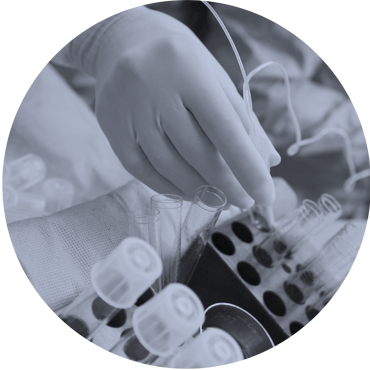
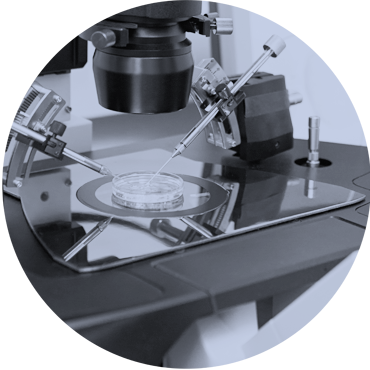
How we use semen analysis to identify sperm motility?
During semen analysis, the movement of sperm tells us about their metabolic health of and how much energy they have. Stressed sperm move less well. To measure progressive movement, a semen aliquot is placed on a microscope slide with a vertical line on it. The number of sperm that rapidly cross this line is estimated as a percentage of the total number of sperm in the microscope field. Sperm that move slowly or erratically are also counted, as well as the ones that don’t move at all.
Low sperm motility can occur for technical reasons, if there is a long delay getting the sample to the lab or if there are a lot of older sperm that have accumulated in the genital ducts and stopped moving. Other factors that stress cells, such as smoking, poor diet and binge drinking can also reduce the movement of sperm. The effect of these factors can be reversed over a few months with changes in lifestyle and by taking male vitamins and antioxidants. There can also be an underlying medical problem like an infection or diabetes. It is important to treat medical conditions that can impact on male fertility and sometimes we must change current medications to those that are ‘fertility friendly’.
The shape of the sperm is assessed in the morphology estimations. This gives us an idea about how the sperm was constructed by the cells in the testes. In humans it is normal to only have over 3% of sperm with a normal shape which is much less that other species. Sperm can have big heads, pin heads, pointy heads, double heads, double tails, twisty tails and a variety of other shapes. A special stain is used so the andrologists in the lab can easily see the shape of the sperm under the microscope, and this can also be assessed using digital technology. The percentage of sperm with a normal or abnormal shape can then be recorded.
What are the effects of sperm count on male fertility?
Most cartoons about fertilisation show one or two sperm competing to fertilise the egg and when we inject a sperm into the egg (ICSI) we only need 1 sperm per egg. However when fertilisation is left to occur in the lab by placing the egg and sperm together (In vitro fertilisation (IVF)), we need to use 50,000 sperm. This highlights the importance of sperm count, as the sperm ‘hold hands’ and work collaboratively to release enzymes to make space between the cloud of cells (cumulus) surrounding the egg. After the cumulus cells have been dispersed, one final sperm can interact with the membrane surrounding the egg and fertilises it. Allowing that one sperm to fertilise the egg requires a community effort from the other sperm!
Natural conception and in ovulation induction (when the egg is released with medications but stays in thewoman’s body). The sperm have to swim through the neck and cavity of the womb and into the fallopian tubes and surround the egg in enough numbers for natural fertilisation to occur. When the sperm count or the sperm motility is low, it can be that some or a lot of the time there are not quite enough numbers for fertilisation that month. This means that conception will be delayed. As there is only 1 chance to fertilise an egg every month, and if only some ovulations there are enough sperm to fertilise the egg, there may only be a few times in a year when it is possible for some couples to conceive.
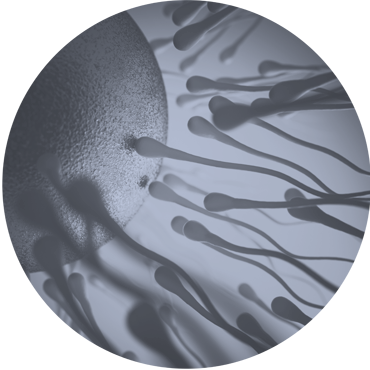
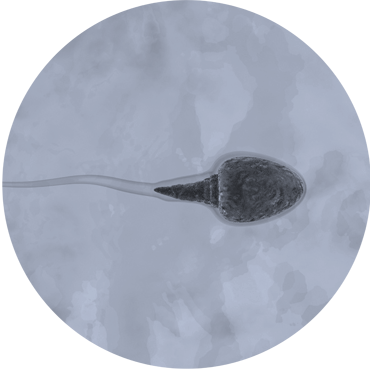
What are treatment options for low sperm count?
Firstly, we try to work out why the sperm count is low by doing several sperm motility tests. These include blood tests for hormones, lifestyle and genetic factors. A scan of the testes is usually undertaken to rule out testicular cancer which is a rare cause of sperm problems. We then design a fertility treatment plan to address the problems we find, for example if there is a hormonal problem, we would supplement hormones.
Quite a lot of the time, the sperm count tests are all negative and we don’t know exactly why a sperm count is low. If it is quite low (under 10 million per millilitre) it would be quite hard (but not impossible) to achieve fertilisation when the egg stays in the body. In this situation we offer couples IVF (where we can concentrate the sperm around the egg in the laboratory) or Intracytoplasmic Sperm Injection (ICSI) where we inject 1 sperm into each egg. For men where the sperm count is very low ICSI is the only option.
If there are no sperm in the ejaculate or if the numbers are very, very low or in men who have had a previous vasectomy and there is a block in the genital ducts, the sperm may need to be retrieved using a surgical technique. In this procedure local is placed around the nerve supply to the testes to make the area numb. Sperm are then collected from the collecting duct surrounding the testes (PESA) or from testicular tissue biopsied with a small needle (TESA). These tissue samples are given to the andrologists to extract the sperm so one sperm can be injected into each egg using ICSI.
What is DNA testing in male fertility treatment?
Sperm have a small head and they have to pack a lot of DNA into this small space. To do this they twist up the DNA into little coils. Like a telephone cord, if the DNA is twisted and twisted it can end out in a tangled knot. To avoid this supercoiling, one strand of the DNA breaks and joins up on the other side to take the kinks out of the DNA and allow it to be packed more tightly.
If there is a lot of cellular stress then the DNA breaks don’t join up very well and the DNA can end up being quite fragmented in the sperm’s head. There are several tests, like the halosperm test that can check for DNA damage by identifying the fragmented ends of the DNA. If DNA damage is high then it is even more important to change lifestyle factors in a way that reduces cellular stress (reduce smoking, avoid marijuana, moderate your alcohol intake, exercise and eat a healthy balanced diet). We would also recommend male vitamins and antioxidants and make sure any medical conditions were well treated. It may also be a good idea to consider sperm selection techniques (such as IMSI), when undertaking ICSI. These techniques select sperm with unfragmented DNA for injection into the eggs.


In Summary
The male fertility tests are an important way to assess fertility and ensures the most appropriate treatments are undertaken in fertility treatment to give couples the best chance of pregnancy in a reasonable time frame. We do have good treatments for male infertility and most of the time men continuously make new sperm and if we use ICSI we only need one for every egg recovered. We also have other fertility treatments that can help men improve their sperm count and quality for natural conception. For couples where male infertility is impacting their chances of conceiving, with the technology and fertility specialists available today, the outlook is good. Using semen analysis, if the right tests are arranged then our treatment plans can be designed to help couples achieve a pregnancy more quickly with the least cost and stress. Hopefully this blog has helped you understand the scope male fertility treatment and tests we use to increase the chances of conceiving.

